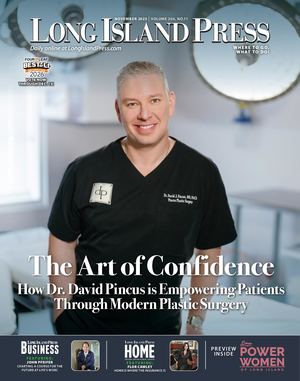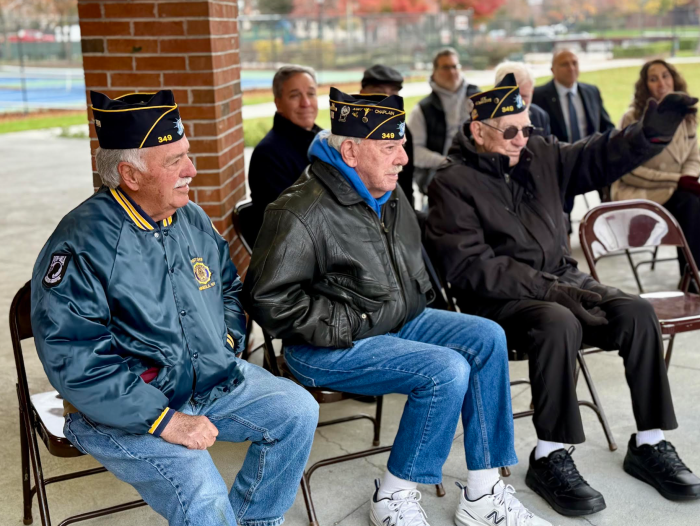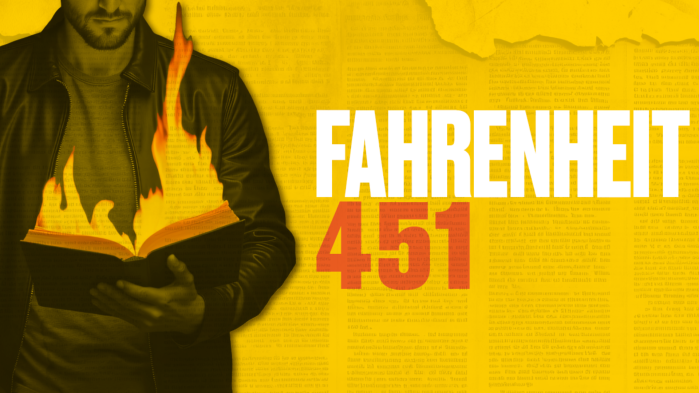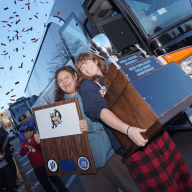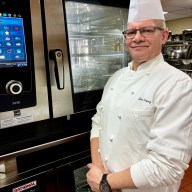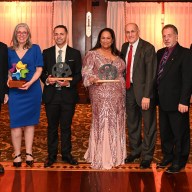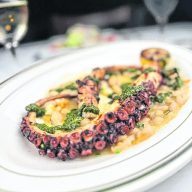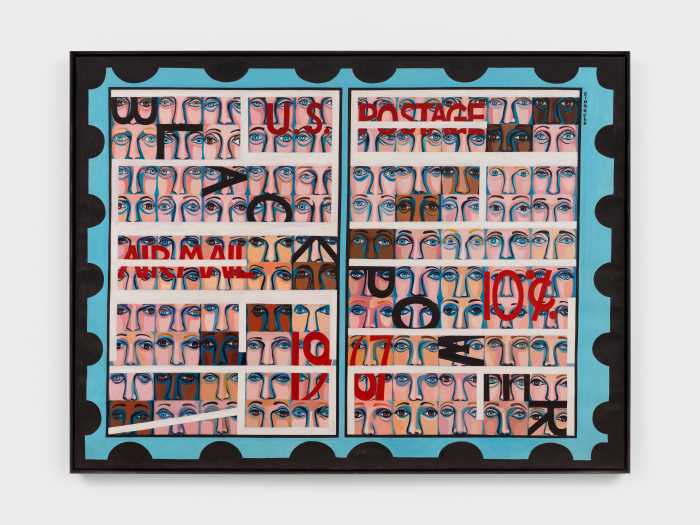The term “Friendsgiving” may feel like a recent invention, popularized through social media and lifestyle coverage, but the tradition has roots stretching back decades. Friendsgiving emerged from the counterculture movement of the 1960s and 1970s, when communal Thanksgiving meals among friends offered an alternative to formal family celebrations.
Even before the term existed, the idea of celebrating Thanksgiving with friends was taking shape. In the mid-1960s, friends of Arlo Guthrie, Alice Brock and her husband, Ray, hosted Thanksgiving dinners for friends, many of whom were estranged from their families. These gatherings, held in their home in Massachusetts, fostered a sense of chosen family and community and even partially inspired Guthrie’s 1967 song “Alice’s Restaurant,” which became a Thanksgiving tradition in its own right.
Television also reflected the concept. The 1973 animated special “A Charlie Brown Thanksgiving” centers on a Thanksgiving meal shared among friends rather than family, featuring peanut butter-and-jelly sandwiches, popcorn and toast. In 2022, “Woman’s World” magazine noted that the special portrayed “perhaps an early example of Friendsgiving,” indicating that the idea of celebrating Thanksgiving with peers was culturally prevalent long before the term gained widespread use.
The portmanteau (a mashup of words) “Friendsgiving,” combining “friends” and “Thanksgiving,” first appeared in print in 2007, referring to informal meals held among friends as an alternative to the traditional family gathering. Early Friendsgiving celebrations were flexible in timing and location, often scheduled for a day other than the fourth Thursday in November. They were also defined by communal contributions and experimental menus, reflecting the influence of the counterculture’s potluck tradition.
By the 1970s, communal living arrangements and college apartments provided a natural environment for Friendsgiving-style meals. Residents contributed creative dishes, often influenced by vegetarianism, natural foods or health-conscious trends. Dishes such as carob brownies, wheat-germ casseroles and tofu loaves were common. These gatherings valued creativity and shared responsibility over conformity, establishing a pattern that persists in modern Friendsgiving celebrations.
By the 1980s and 1990s, Friendsgiving spread beyond communes and student apartments, embraced by young professionals and urban dwellers without nearby family. Over time, Friendsgiving evolved into a complement to, rather than a replacement for, traditional Thanksgiving. It offered a way to celebrate chosen family and socialize with friends, blending countercultural creativity with more mainstream dishes like roasted vegetables, turkey alternatives and pies.
The rise of social media in the 2010s accelerated Friendsgiving’s visibility. Photos of elaborately set tables, seasonal décor and signature dishes appeared online, encouraging wider adoption. By 2013, the Emily Post Institute was receiving etiquette questions about Friendsgiving, reflecting its growing popularity. Google searches for the term began increasing rapidly that year, continuing to climb in subsequent years. In 2020, Merriam-Webster officially added “Friendsgiving” to its dictionary. High-profile celebrations, such as President Joe and First Lady Jill Biden hosting a pre-Thanksgiving turkey dinner at a Marine base in 2022, further cemented its place in American culture.
Despite commercialization and social-media-driven trends, Friendsgiving retains its original spirit: flexibility, inclusivity and communal contribution. It allows participants to celebrate with chosen family, share experimental or nostalgic dishes and enjoy a less formal approach to a holiday that historically emphasized family obligation.
For those who want to recreate a taste of 1970s Friendsgiving, here are a wheat-germ casserole recipe and a carob brownie recipe inspired by the counterculture era:
Simple Wheat-Germ Casserole
Ingredients:
- 2 cups cooked brown rice
- 1/2 cup wheat germ
- 1 cup chopped mushrooms
- 1 small onion, diced
- 1/2 cup shredded cheddar cheese (optional)
- 1 cup milk
2 eggs - 1/2 tsp salt
- 1/4 tsp black pepper
Instructions:
Preheat oven to 350 degrees and grease a 9×9-inch baking dish. Sauté mushrooms and onion in a small pan until softened. In a mixing bowl, combine cooked rice, wheat germ, sautéed vegetables and cheese. In a separate bowl, whisk together milk, eggs, salt and pepper. Pour the egg mixture over the rice mixture and stir until evenly combined. Transfer to the baking dish and bake for 25–30 minutes or until the top is golden and set. Allow to cool slightly before serving.
Simple Carob Brownies
Ingredients:
- 1/2 cup carob powder
- 1/2 cup whole wheat flour
- 1/2 tsp baking soda
- 1/4 tsp salt
- 1/2 cup melted coconut oil or butter
- 1/2 cup maple syrup or honey
- 2 eggs
- 1 tsp vanilla extract
- Optional: 1/4 cup chopped nuts or raisins
Instructions:
Preheat oven to 350 degrees and grease an 8×8-inch baking pan. In a medium bowl, whisk together carob powder, flour, baking soda and salt. In a separate bowl, mix melted oil, maple syrup, eggs and vanilla until smooth. Combine wet and dry ingredients, stirring just until blended. Fold in nuts or raisins if desired. Pour batter into the prepared pan and smooth the top. Bake 20–25 minutes, until a toothpick inserted into the center comes out clean. Cool before cutting into squares and serving.
